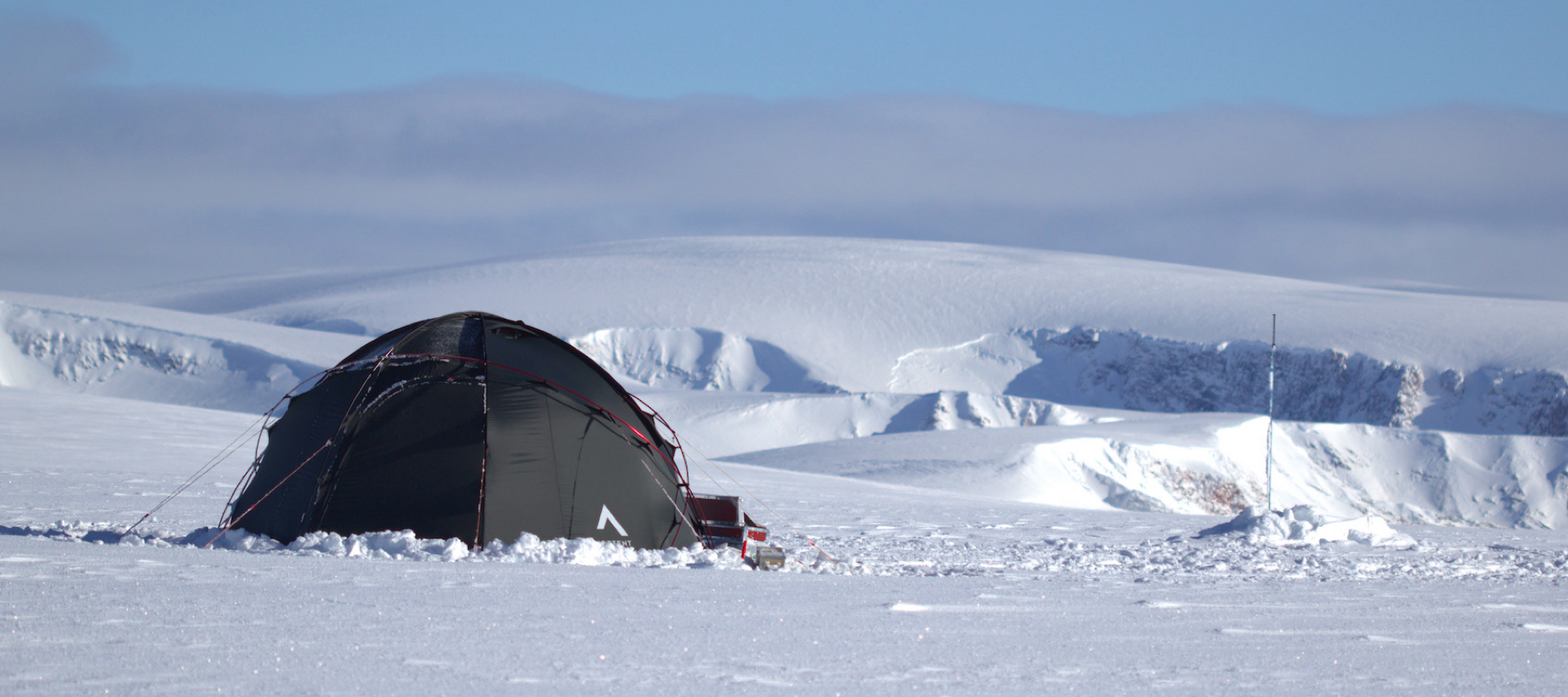Advnture Verdict
Gigantic, versatile and solid as a brick house, the Nortent Gamme 4 is a serious shelter for serious campers – a portable hill fort that will keep you safe and warm in the worst winter conditions you would ever camp in.
Pros
- +
Unbeatable wind, snow and rain protection
- +
Stove compatible
- +
Very strong
- +
Tons of room inside
Cons
- -
Too heavy and bulky for most backpacking trips
- -
Large pack size
- -
Expensive
You can trust Advnture
Meet the tester
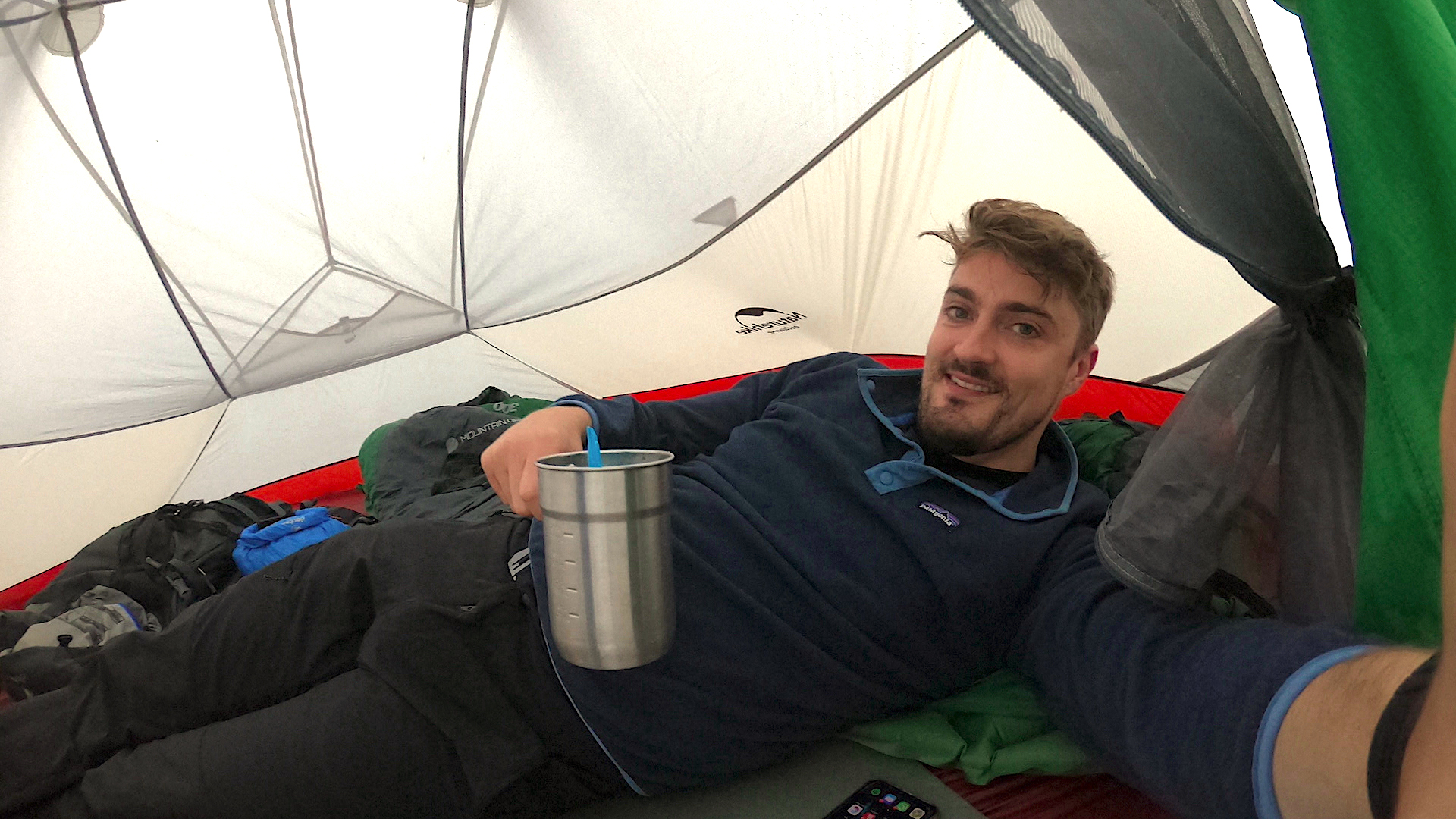
Craig loves nothing more than pitching up in the backcountry, preferably while taking on a long-distance thru-hike. His adventures usually take place in the hills and mountains of Wales but he occasionally gets away to his beloved Alps. As one of our expert campers, Craig revels in testing camping equipment and knows a sturdy shelter from one that will give up the ghost when conditions become challenging.
Nortent Gamme 4: first impressions
The Nortent Gamme 4 is a solid all-season expedition-style dome tent from the same Norwegian brand that brought us the wonderfully innovative Vern 1 and the delightfully unique Bivuakk. The Gamme series is one of Nortent’s most rugged and expedition-ready lines, coming with a thick 40 denier silnylon fly, an optional inner to keep the bugs out and – something that’s extra special for this style of tent – the option to add a camping stove inside to warm you up on the coldest winter nights.
• List price: $1,648.00 (US) / £1,528.77 (UK)
• Style: Dome tent
• Weight: 5.8kg / 12.8lb
• Rooms: One bedroom without inner, one bedroom and vestibule with inner
• Compatibility: Four without inner, two with inner
Now, the first thing to be aware of when it comes to the Gamme is that this tent has been designed to be as strong and as comfortable as a wooden hut in winter. With that in mind, then, it should come as no surprise that the Gamme is substantially larger and heavier than standard backpacking shelter – weighing in at a bulky 5.8kg / 12.8lb out of the box.
If you’re heading into environments that warrant the sort of protection the Gamme provides, however, and there’s three other people with packs to share the load with, then you can spread and share the burden making it much more manageable. Which, considering the level of protection this tent gives you in heavy wind, rain or snow, suddenly becomes remarkably impressive in my eyes.
What’s more, the Gamme 4 comes with the option to mount a stove inside the tent. Much like with the Nortent Bivuakk, a large storm flap sits over a flue port on the fly, which you can open and close depending on the configuration of your setup. This adds an additional level of versatility to the tent, giving you the ability to comfortably camp in temperatures substantially below freezing.
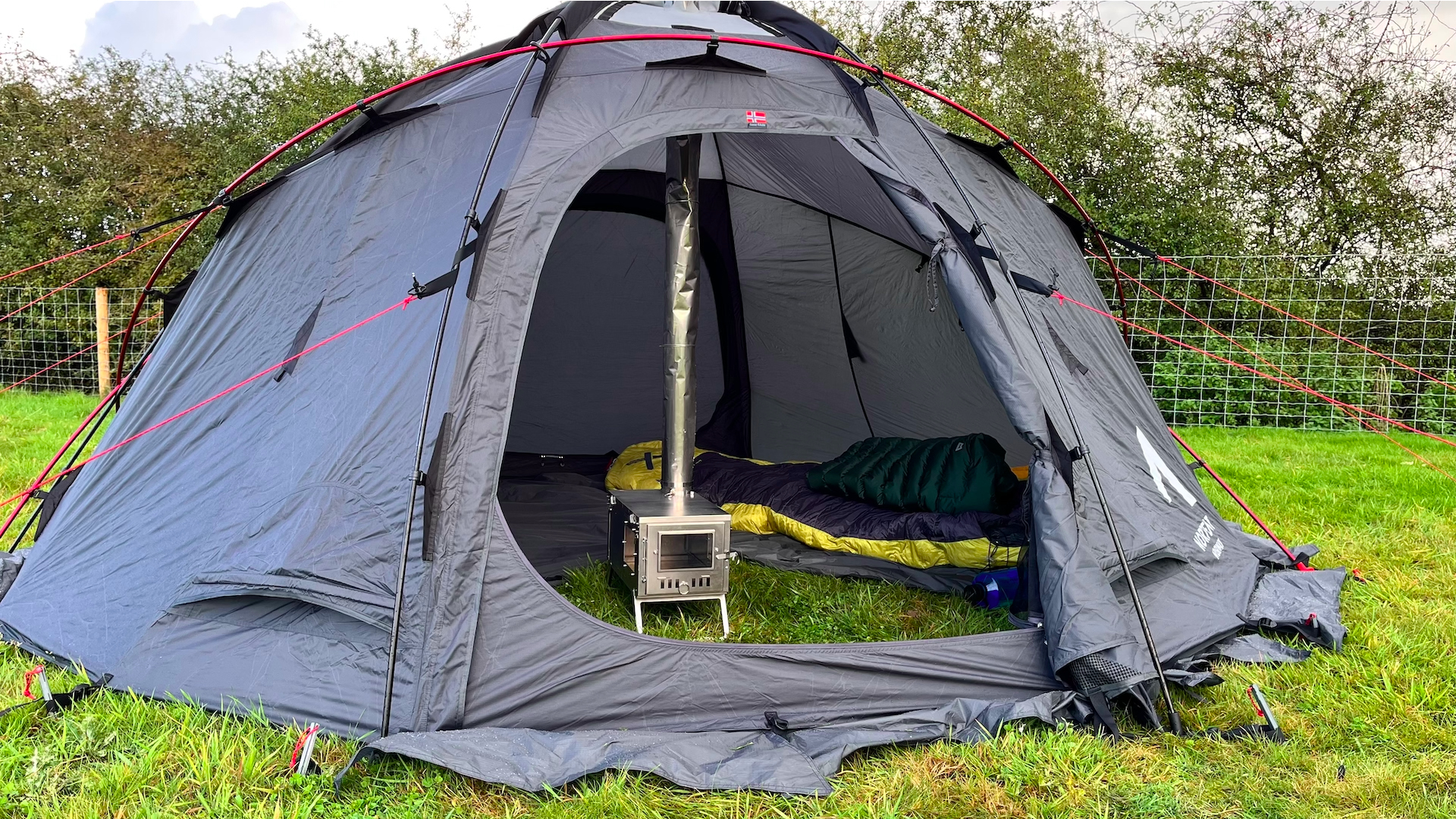
When bought from Valley and Peak in the UK, the Gamme is currently available for a whopping $1,648.00 (US) / £1,528.77 (UK). Naturally, this is very high price tag; one which may immediately put a lot of people off. But if you’re looking for a four-season expedition tent that can truly put up with all weather – the type the harshest Norwegian winters might throw at you – the price of the Gamme suddenly becomes more reasonable, especially when you compare it with the likes of the Hilleberg Keron 4 GT or the Terra Nova Expedition Terra Firma, which cost £1,590 / $1,535 and £1,800 / $2,150.00 respectively.
Nortent Gamme 4: in the wild
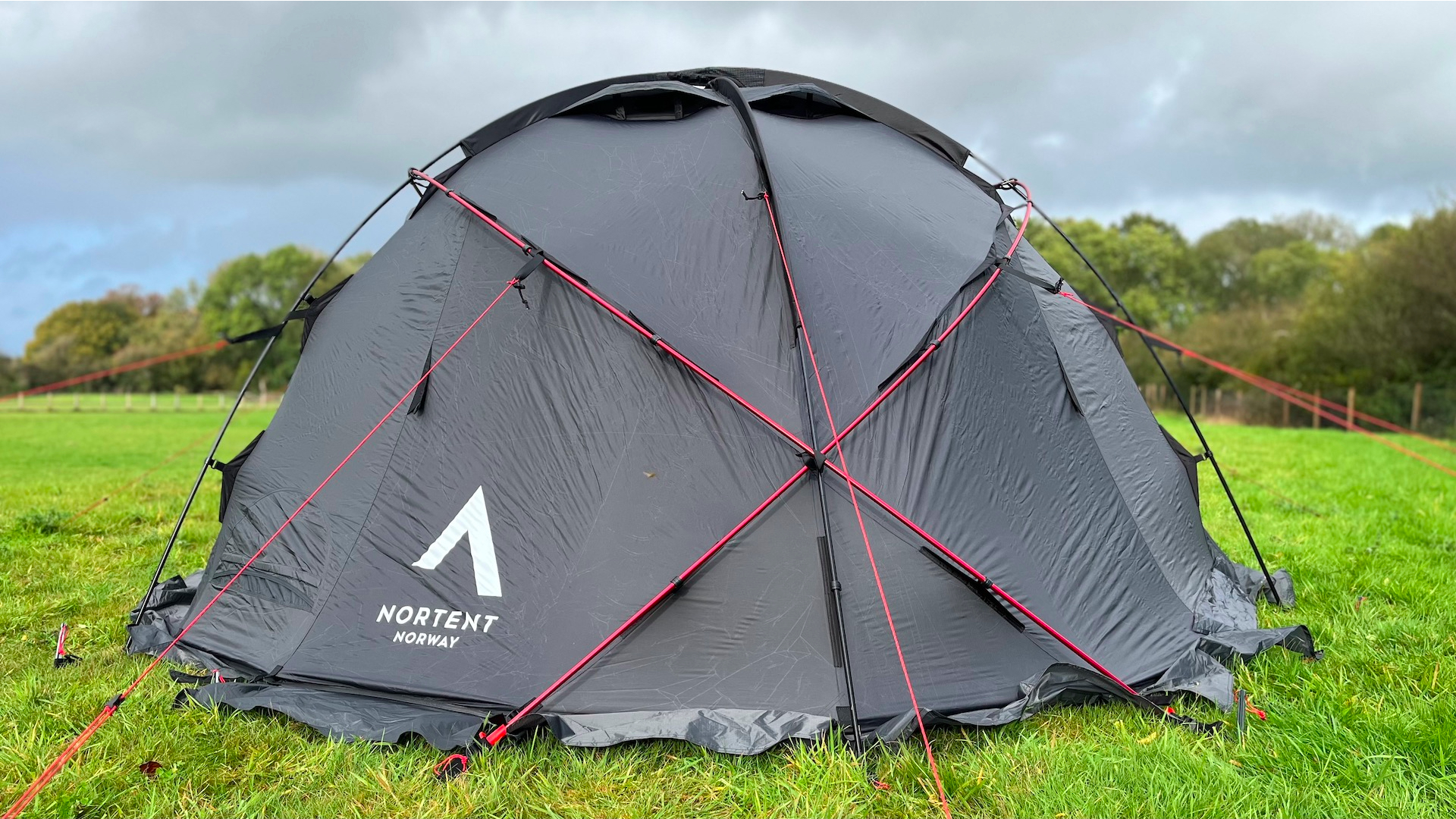
To test the Nortent Gamme 4, I took it out on two trips: one in some heavy wind and rain in the Chiltern Hills, and another out on Dartmoor where it was put up against some truly eardrum-bursting wind. Unfortunately, however, at no point was I able to test in the type of environments this thing has actually been to excel in: pummelling blizzards and brutal temperatures deep below 0 degrees Celsius. But rest assured, as soon as I see those conditions forecast in the UK, I’ll be putting the Gamme up against them. And if my previous experiences with this tent are anything to go by, the Gamme will make easy work of it all.
Featuring five solid poles and nearly 30 pegs, as well as the best part of a dozen guy lines that glue this tent to the ground, the Gamme is by far the most solid tent I’ve ever tested. I weigh around 85kg and the tent barely budged when I lent my full body weight against a section where two poles intersect. Aside from a slight bit of inward movement as the poles kicked into life, it was like leaning against a brick house, with no give or signs of any material ripping anywhere. Which speaks to its performance in the wind: the Gamme simply doesn’t budge, butting even the heaviest gusts off as if they were flies on a car windshield.
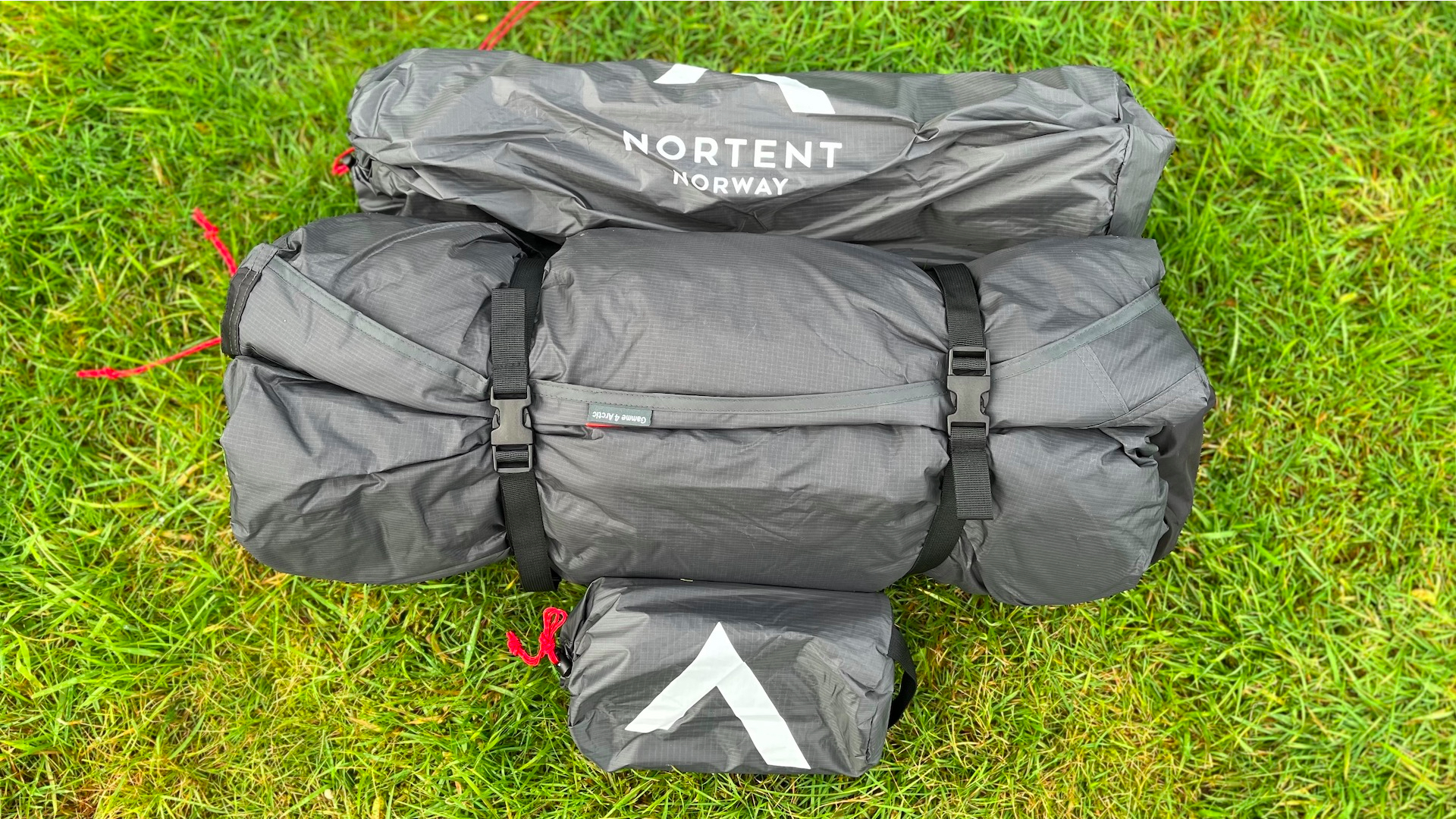
Made from a 40 denier silnylon, the fly on the Gamme is also reassuringly heavyweight. Twice as thick as that used on the likes of the Vern or the lightweight Bivuakk tarp, the thickness of the materials used on the Gamme just instil confidence from the moment you touch them. What’s more, the inside of the fly resembles (and feels) like an inner tent in itself, which had me questioning whether I’d already pitched the inner when I first put the Gamme up. Unlike normal tent flysheets, it has a nylon backing that feels comfortable to touch, something that’s very different to anything I’ve tried before.
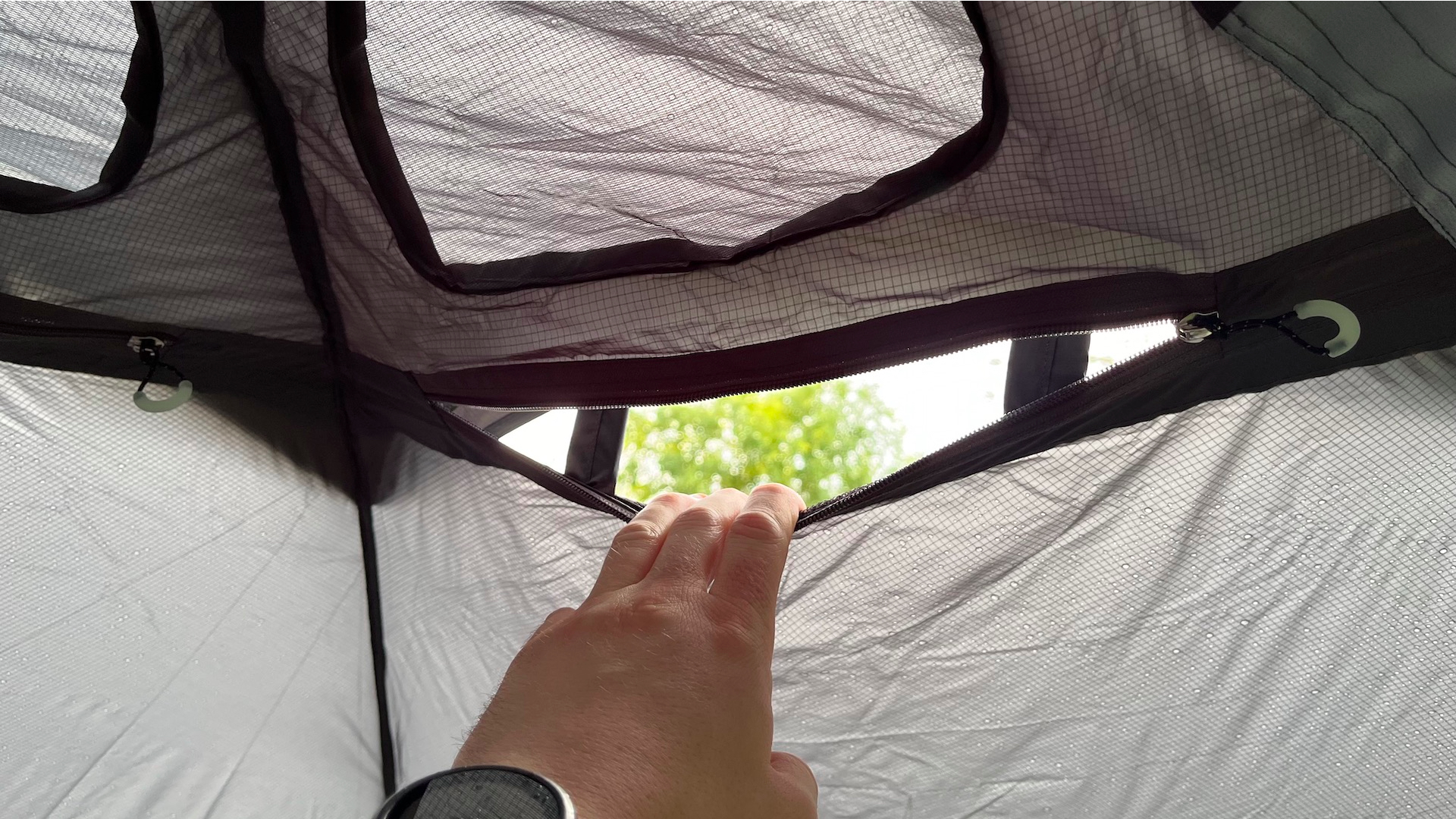
For easy entry, the Gamme 4 comes with two doors: one at the front and one at the back. And as there’s no vestibule, a section of the floor at the front of the tent is left uncovered, giving you an ingenious space to store wet kit so it can run off and dry throughout the night.
Inside the tent, there are also numerous ventilation options around the ceiling space and along the shelf of the floor. These allow for increased ventilation, especially when using the stove.
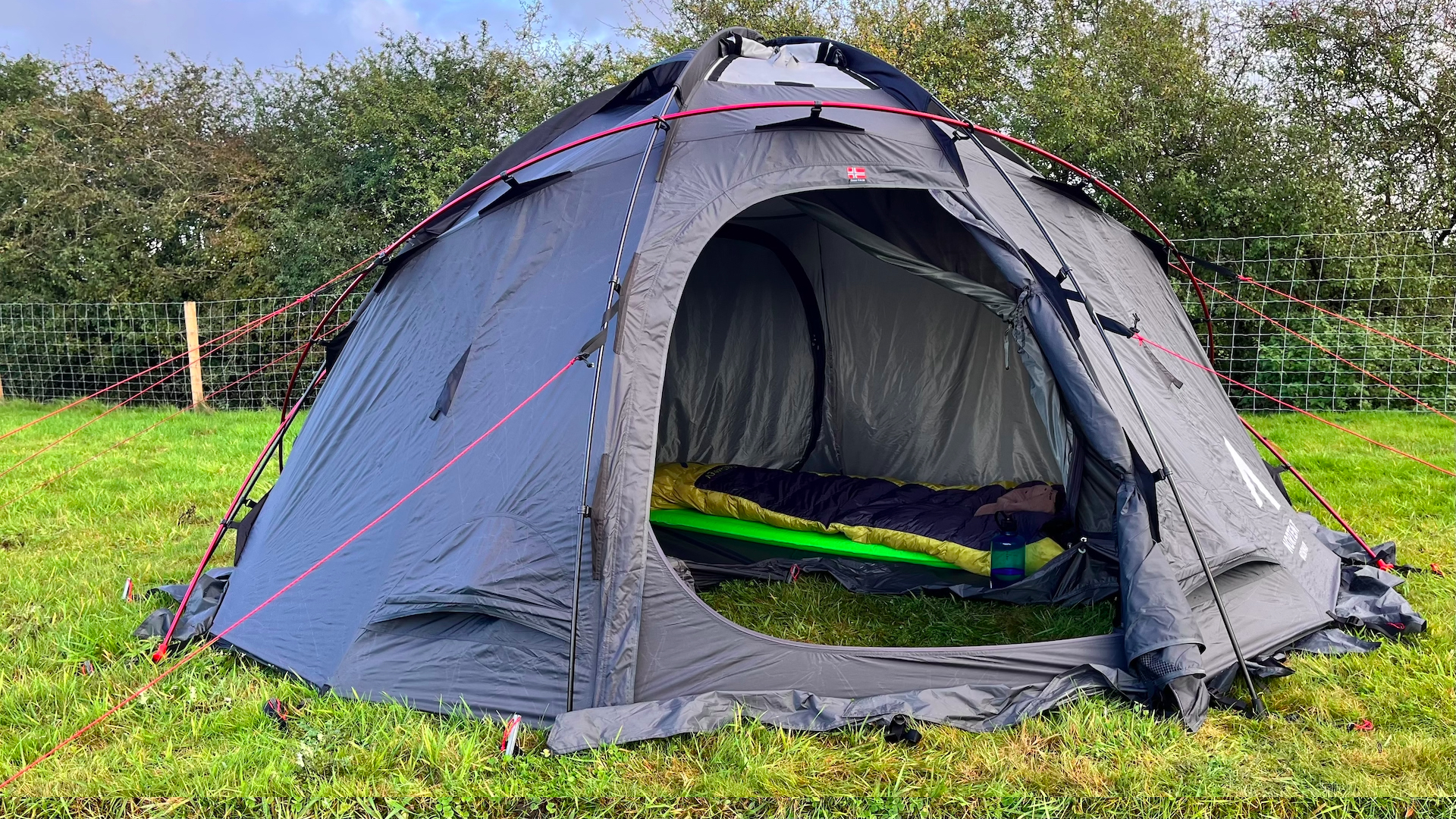
Putting up and packing away the Gamme is also reasonably easy for a tent this solid. I did this both times entirely on my own and was able to get it up in around 20 minutes and pack it away in about half that. The first time I put it up, I was a little stumped about how the poles come together, but thanks to the color-coded grommets and the easy-to-use sleeves, this was easy to figure out without even looking at the instructions.
Finally – and perhaps most importantly – the Gamme does need to be seam-sealed before you put up against the worst weather, as do all of Nortent’s tents. A move to keep the price low, seam sealing is a simple process that can be done without any prior experience or pre-existing skillset at home. By doing it yourself, you avoid having to pay the added premium of having an engineer do this in the factory, and Nortent supply all of the sealant mixture you need as standard.
Just bear in mind that seam sealing is a must on the Gamme; because of the more flexible and lightweight materials used on the likes of the Vern and the Bivuakk (20D silnylon), you can get away without seam sealing those as the holes made during the stitching process are comparably much smaller. But the thicker flysheet on the Gamme means the holes are larger and therefore more prone to leakage – so keep that in mind before you toss this tent up in full confidence on a rainy mountain before adequately sealing those seams.

Durability
When it comes to durability, the Nortent Gamme 4 is the most durable shelter I’ve ever tested. The materials are top notch: the black poles are 13mm thick while the red poles come in at 11mm; the zippers glide effortlessly along the zips to open and close the doors; the guy lines can be lashed around the poles to provide further support in heavy wind; and the tent comes with ample pegs as standard (which is something that can’t be said for most brands).
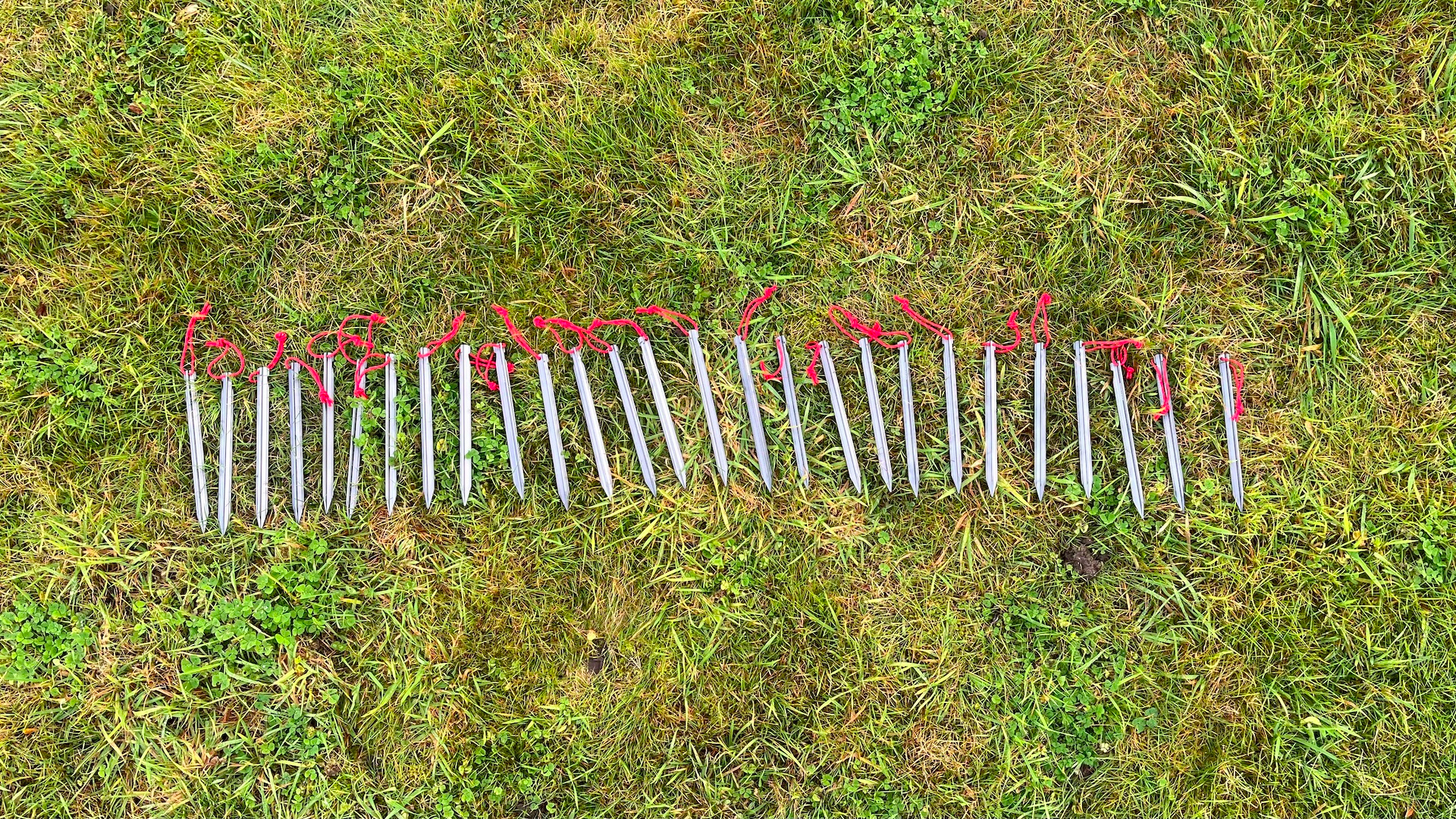
Growing up just south of the glorious Brecon Beacons National Park, Craig spent his childhood walking uphill. As he got older, the hills got bigger, and his passion for spending quality time in the great outdoors only grew - falling in love with wild camping, long-distance hiking, bikepacking and fastpacking. Having recently returned to the UK after almost a decade in Germany, he now focuses on regular micro-adventures in nearby Snowdonia and the Brecon Beacons, as well as frequent trips to the Alps and beyond. You can follow his adventures over on komoot.
